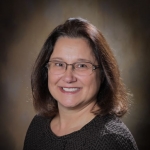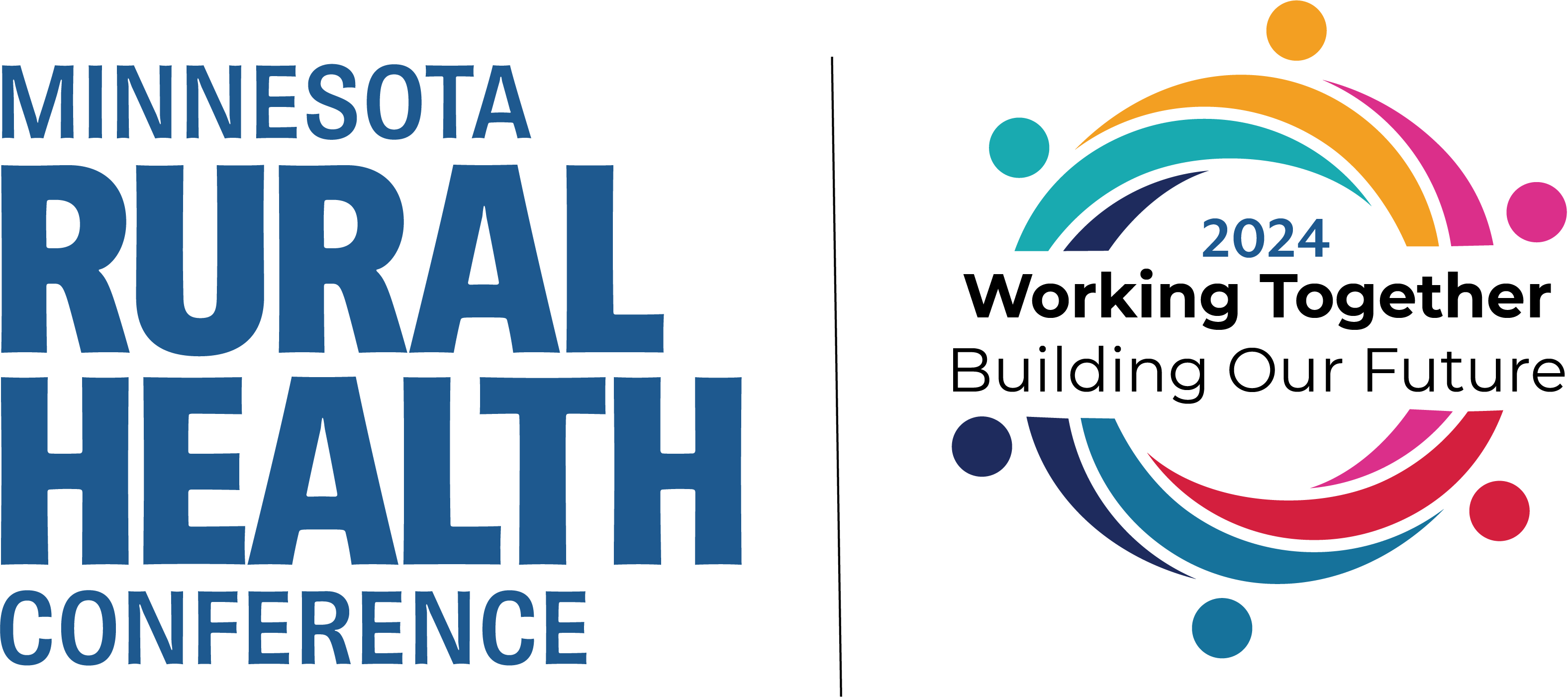Downloads
The Centers of Medicare and Medicaid Services (CMS) believe that a value-based payment (VBP) model is the future of health care reimbursement. The CMS Quality Payment Programs (QPP) rewards health care providers with incentive payments for the quality of care they give to patients/members within Medicare. Come hear about the 2019 changes to Year Three of the QPP. Find out which clinicians are eligible for the QPP, who can report voluntarily, and the differences between reporting under the Merit-based Incentive Payment System (MIPS) or as a qualified professional under an Advanced Alternative Payment Model (APMS). QPP scores are used for reimbursement and public quality reporting. This breakout will share resources and tools to help plan for this process.

Lisa Gall, DNP, FNP, LHIT-HP
Lisa Gall, Nurse Practitioner, has 30+ years' experience in nursing, administrative, and provider roles. Her interest in health quality, technology, and policy led her to join Stratis Health/Lake Superior QIN (LSQIN) as a consultant for the REACH program, and is currently a Clinical Program Manager, serving as a subject matter expert in value-based care and quality programs (TCPI QPP, SURS). Lisa co-developed the Stratis Health Merit-based Incentive Payment System (MIPS) Estimator to help clinicians navigate the complex MIPS program and meet industry quality and practice standards.
Candy Hanson, LHIT-HP
Candy Hanson, BSN, PHN, LHIT-HP, is a program manager for Stratis Health. She is the project lead for Stratis Health’s Behavioral Health Initiative and is also the subject matter expert for the Quality Payment Program, and co-author of the Stratis Health Merit-based Incentive Payment System estimator. She has over 30 years of nursing experience across multiple care settings. Candy is certified as a practice facilitator and is a graduate of the Leadership in Health Information Technology for Healthcare Professionals program from the University of Minnesota.
